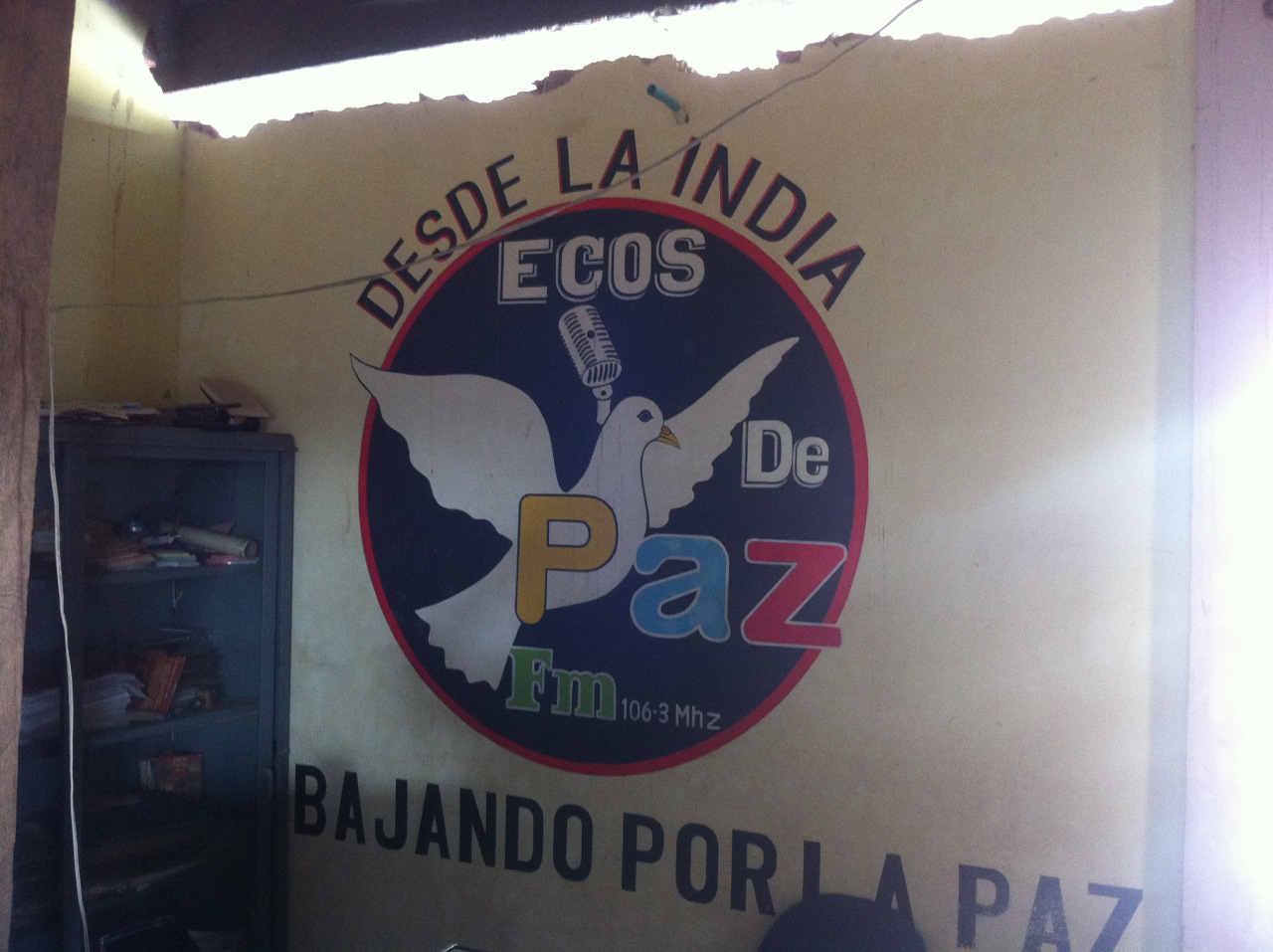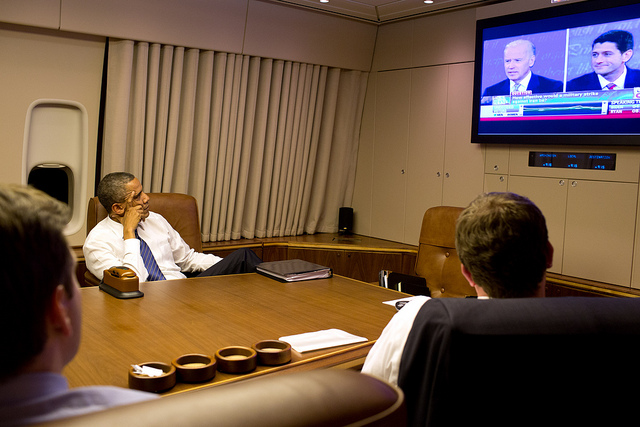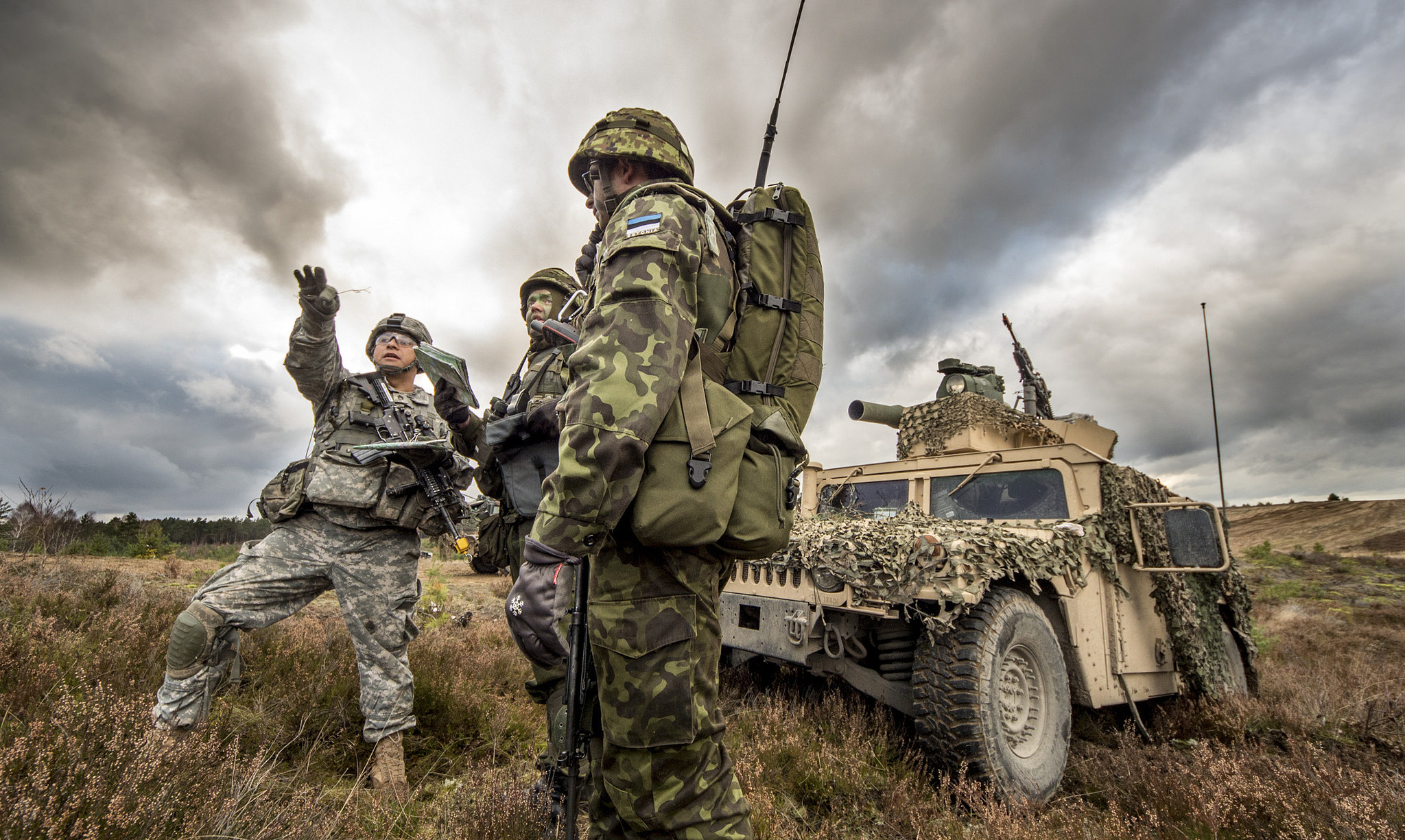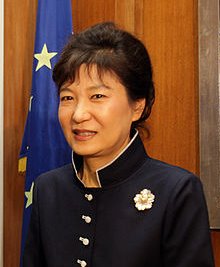
At first glance, the plight of Colombian peasants may appear to have little to do with the drone strikes being carried out in the Middle East, but there is more in common than you might think.
Last month, both Amnesty International (AI) and Human Rights Watch (HRW) released damning reports on the harm US drone strikes have caused to innocent civilians. HRW observed civilians in Yemen were caught “Between a Drone and Al-Qaeda” and Amnesty paints a similar picture in Pakistan (the Pakistani military released revised reports of civilian casualties). While drone strikes have not yet been seen in Colombia’s conflict, for decades rural communities have similarly been caught “entre la espada y la pared,” or “between a sword and a wall.” Lessons about how these Colombian communities have dealt with these circumstances can inform the current discussion about drones.
The advocacy reports call for “taking all feasible precautions to minimize harm to civilians,” and CIVIC has noted how revised targeting procedures within the military can reduce harm. But in combating extremism, the fundamental problem of the “fog of war” remains where, due to poor information and intelligence about locations or identities, innocent civilians can end up being killed alongside those who collaborate with armed actors, be they Al Qaeda in Yemen or Pakistan or the FARC insurgents, paramilitaries, or military forces in Colombia. The reports note there is too little intelligence gathering on the ground and too little information to investigate suspected terrorists, which has led to cases of “signature strikes” (based suspicious patterns of behavior of unidentified individuals) and cases of “mistaken identity.”
During field research I documented how Colombian communities figured out a solution to this problem. The ATCC community organization in the Department of Santander, living under a similar environment of the “law of silence” and fear of retribution, devised a local information system to investigate threats and “clarify” the fog of war. Dialogues with different armed actors and transparency of information has helped protect innocents, provided suspected extremists and collaborators with second chances to reform, and deterred would-be collaborators for fear of being exposed.
So, here’s how Colombian communities might advise the US drone program and communities in drone areas with their hard-won lessons:
- Communities should dialogue will all parties to increase transparency and communicate preferred rules of engagement that prioritize protecting innocent civilians. As possible, they should also work to discourage community members from becoming involved with armed actors.
- The US and partner governments should boost the amount of human intelligence and dialogue to gain a better understanding of social landscapes and reduce harm to civilians. If US forces are unable to access target areas, partner militaries may be able to help. However, they must be wary that intermittent interactions with civilians can also stigmatize them in the eyes of extremists and put them at risk.
- To avoid targeting mistakes, investigations of suspected extremists should be emphasized, and not just after strikes to account for casualties, but before strikes, and with community involvement. To the extent feasible, individuals that have gone astray should be given second chances to “reform.”
These steps were put to good use by Colombian campesinos. However, face-to-face dialogue with communities in current drone target areas may also produce several unique challenges compared to distant and faceless drone strikes:
- There is a worry that dialogue could tip-off actual extremists who might then escape. This is a risk, but it could also be desirable if it helps liberate communities from threat or if many communities come to deny safe-haven to extremists.
- Providing second chances to suspected collaborators requires time and monitoring, so it may be harder to implement in the regions currently targeted by drones if suspects immediately aspire to depart and carry out attacks against the West.
- High levels of community cohesion are likely required to overcome fear, manage local information and dialogues, and minimize retaliation from extremists. While communities in Pakistan have protested in the wake of drone strikes, communities may need external assistance to unite and manage community security prior to becoming potential targets. As with any war-torn community, this is not a simple task given the challenges of access.
In sum, if drone strikes are to continue, to the extent possible, efforts should be made to engage communities in drone areas in dialogue and help them organize to prevent extremists from making inroads in the first place. One need not look so far as Colombia for models, as communities in places such as Afghanistan (but one recent example), Pakistan, Dagestan and Libya have already stood up to expel Islamist extremists.








0 comments
We shouldn’t even take seriously the U.S. claim to be fighting “extremists,” or accept the U.S. framing of who the “good guys” and “bad guys” are, in the first place. The U.S. is happily supporting right-wing death squads and is actively engaged in state terrorism — terrorists are only “bad guys” when they threaten the landed oligarchy and American-owned extractive industries.
I don’t mean to be offensive or to put people down, but was there a point to that comment besides expressing a dislike of America? Are you suggesting that Al Qaeda and the Taliban do not exist or that they are not operating along Pakistan’s border with Afghanistan? If so that not only ignores the vast majority of credible newspapers and reporters in the world, but also public statements made by the Taliban and Al Qaeda.
Also I don’t have the faintest idea what you mean by “landed oligarchy and American-owned extractive industries” considering that the U.S. neither has any major investments in Afghanistan or Pakistan nor any kind of deep ties with land owning elites in Afghanistan or Pakistan.
1. I don’t dislike “America.” I dislike the corporate interests the American state serves, through both its foreign and domestic policies. If you frame the policies of the American state — or any other state — in terms of some “national interest” rather than the interests of the class coalition that controls the state, you’ve already lost. As Howard Zinn pointed out, the biggest lie ever told is that there’s some “national interest” that I have in common with David Rockefeller by virtue of being American.
2. Look up at the title. See the country mentioned in it? Colombia. Now think about whether the U.S. government has used death squads as a tool to promote the interests of landed oligarchs and extractive industries in *Latin America*, and more particularly the Andes.
P.S. Nope, all they’ve got in Afghanistan is the Northern Alliance’s opium poppies, which help the CIA to fund those death squads elsewhere.
Except that there are a number of problems in your posts.
The first of which is that this article was quite clearly about lessons from the Colombian conflict and clarifying confused situations and how they might be applied to the conflict along the Af/Pak border. Your post asserting that the U.S. is not fighting extremists and is trying to protect land owners makes little sense considering that the article is not looking at America’s involvement in Colombia, so it is a non sequitur.
After that is the fact that there actually are pressing national interests. The cost and availability of oil for example. I don’t know if you were alive and active in the 1970s, but going through documents and treaties from that time period makes it clear to me that the oil embargo was devastating on the U.S. economy. Keeping oil flowing into the global economy, maintaining the position of power that keeps the U.S. as the place to be, keeping the oceans secure to guarantee that shipping remains unthreatened, preventing the rise of a state similar in size and disposition to the Soviet Union seem to me to be things that would benefit any American regardless of class.
Then there’s the claim about opium which doesn’t really make sense considering a disease that’s spread through the crop in that area and the following claim about “death squads” which makes even less sense considering the number of soldiers, spies and police officers investigated or arrested in recent years for ties to those groups in Colombia, something that would make very little sense if the U.S. and Colombian elites were still supporting them.
“The U.S. economy” is not just some neutral fact of nature — it’s a particular corporate economic model that arose through massive state intervention to promote some possible forms of organization at the expense of others. And in particular, the dominant corporations in the U.S. economy, as it was shaped by the American state, are those whose business models depend most heavily on growth through extensive additions of cheap, subsidized new inputs (like “cheap, safe and abundant energy” guaranteed through an imperialistic foreign policy) rather than more intensive use of existing ones. It’s also dominated by the kinds of firms that outsource actual production overseas, and depend on taxpayer-subsidized, exogenous military enforcement to keep the sea lanes open so the container ships can bring the stuff home to Walmart.
The fact that we have an economy on this model (large-scale, centralized, high-overhead, supply-push, batch-and-queue), rather than an arguably more efficient one of local industrial districts with garage factories serving local markets on a lean, demand-pull basis, suggests that something more than some kind of immaculate “national interest” was involved.
God forbid the state should no longer be able to provide big business with the subsidized, artificially cheap inputs it depends on to be profitable, and we should move to a relocalized economic model where business actually internalizes all its own operating costs without sucking at the taxpayer teat and relying on wars for oil.